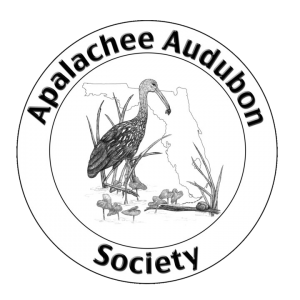This program will be held on the FSU campus, King Life Science Building, 319 Stadium Drive, Tallahassee, FL, 32304. There is free and easy parking in the parking lot and parking garage next to the building. See map at https://www.apalachee.org/calender. Come at 7:00 p.m. for refreshments and socializing. At 7:15 p.m. we have announcements followed by the speaker.
Bird watching is one of the fastest growing outdoor activities in North America. About 50 million Americans make trips specifically to see wild birds every year. People of all ages now going birding, and younger birders have increased significantly in recent years.
The process of identifying birds may seem like a daunting task to a beginner. Over 520 different species have been observed in Florida, and individual species often have different adult/juvenile plumages as well as distinctive winter/breeding season plumages. How do you make sense of all that variation?
One of the best ways is to attend a one-hour presentation by Jim Cox held on Thursday, February 20 at the next Apalachee Audubon Society meeting, which is free and open to the public.
This presentation tries to overcome some of the mysteries of bird identification by focusing on the processes a seasoned birder uses to identify different species. There are five key elements in the process, and the tools available to those just starting off can really help to cut through the clutter.
Jim Cox heads up the Stoddard Bird Lab at Tall Timbers Research Station & Land Conservancy. The lab studies relationships between controlled fires and the habitat needs of many declining bird species associated with southern pine forests. The lab also uses the Wade Tract, a premier old-growth forest, to assess native animals in conditions that mirror historic conditions. Current research focuses on Red-cockaded Woodpecker, Brown-headed Nuthatch, and Bachman’s, Henslow’s and Grasshopper Sparrows.
The Lab also is engaged in land conservation efforts using special programs designed to conserve habitat for rare species on private lands. These programs reduce regulatory requirements by providing incentives that help landowners improve conditions for rare species.
Cox received his M.Sc. from Florida State University and worked as a biologist with the Florida Fish and Wildlife Conservation Commission for many years before moving to Tall Timbers in 2001. Conservation recommendations made during his tenure with the Fish and Wildlife Commission helped guide ecoregion planning for The Nature Conservancy and were featured in Science (269:318-320). He also taught a popular bird-watching class at Florida State University for years and continues to try to lure new bodies into the birding community. You can learn more at the Tall Timbers’ web page: http://www.talltimbers.org

